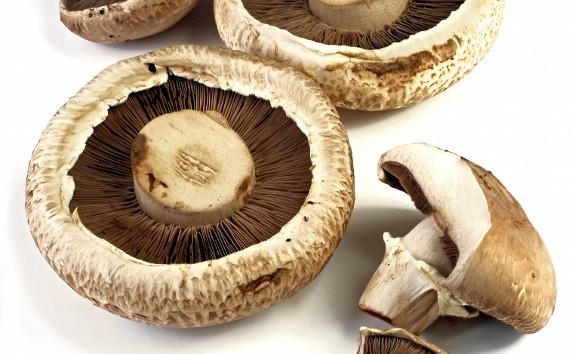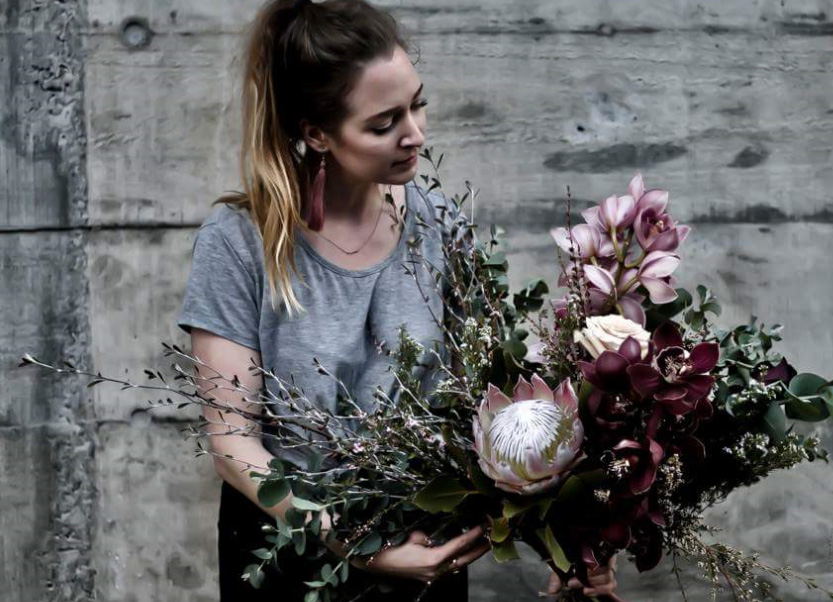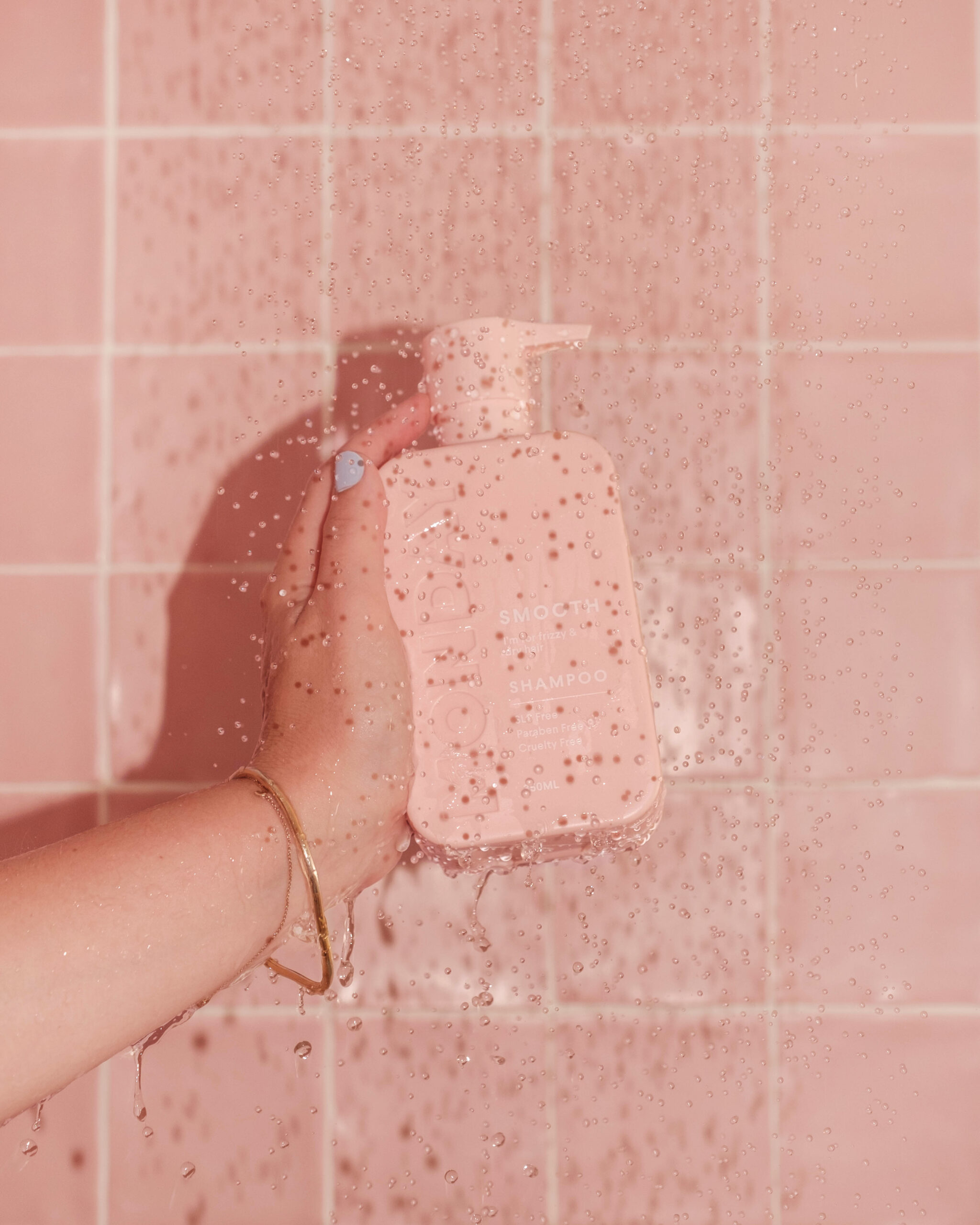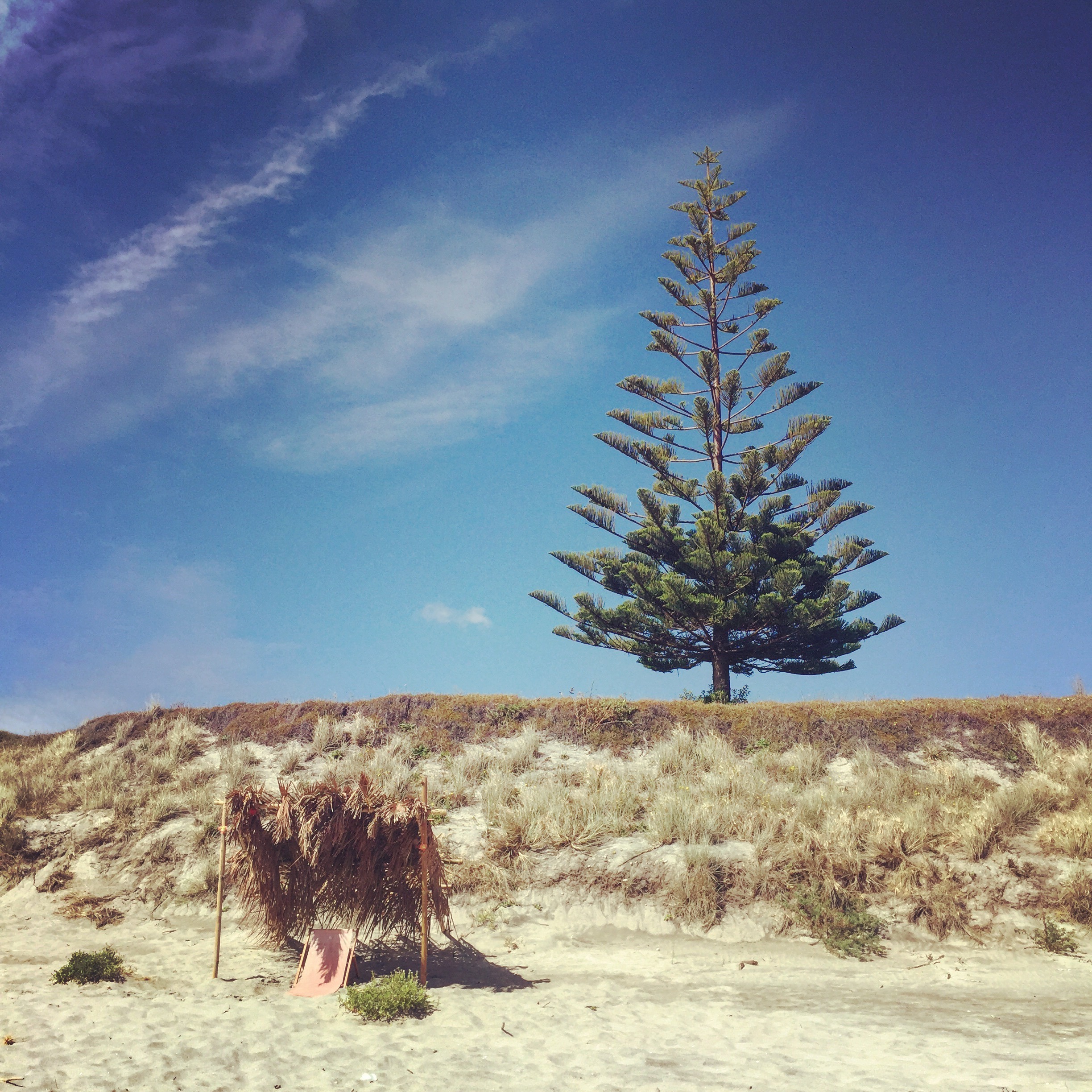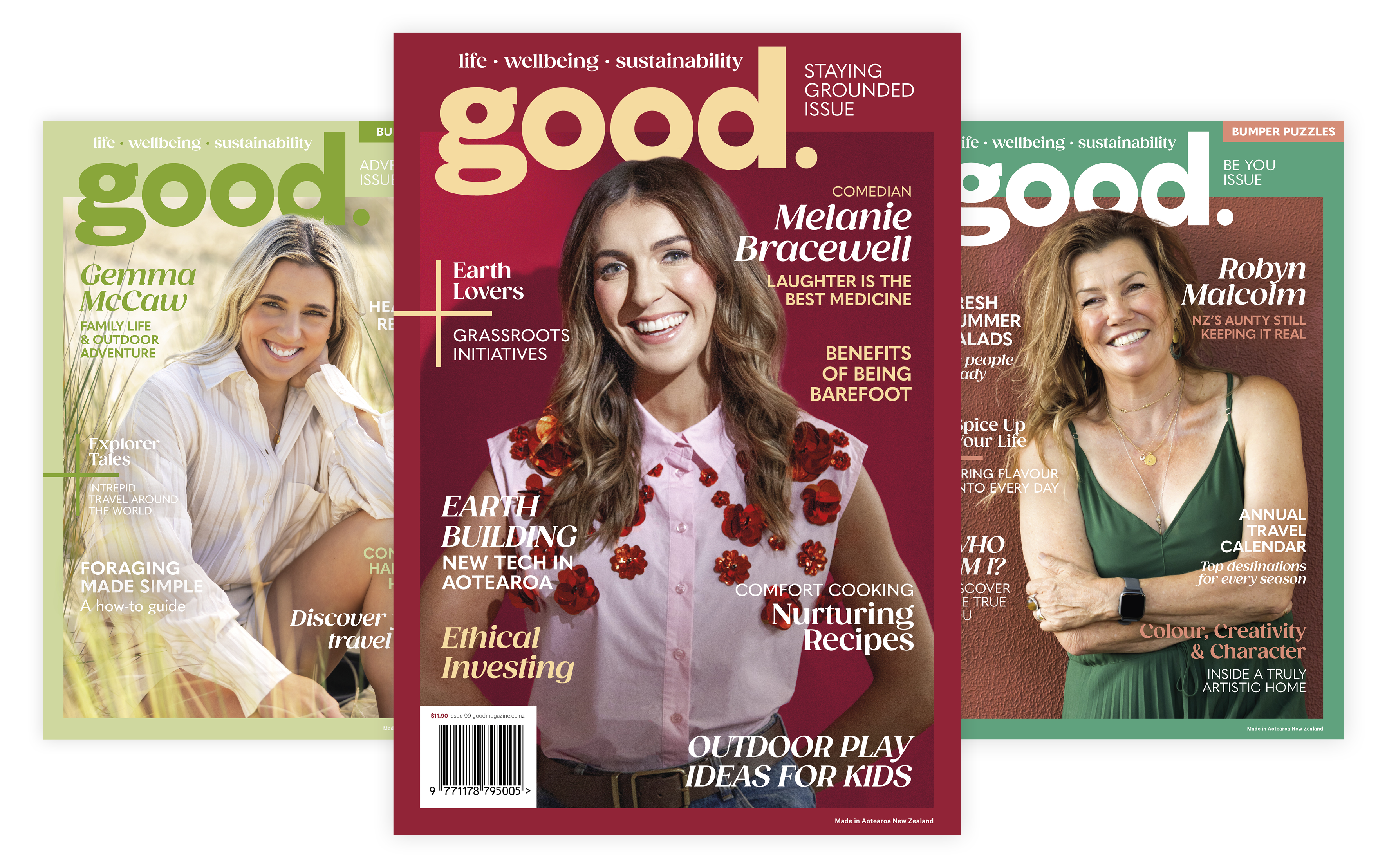How can I grow my own mushrooms?
How to grow your own mushrooms at home. Plus: Why don’t Kiwi car manufacturers include carbon emissions info in their ads?
The mushrooms at our local store come on a plastic tray wrapped in cling-film. Where can I buy a DIY mushroom-growing kit?
Kari Beaven
Given the right damp, dark conditions, fungus can grow on practically anything—as anyone who’s lived in a student flat well knows. You can grow your own mushrooms from the spores released from the gills beneath a mushroom cap, but it’s much easier to buy a mushroom-growing kit.
Family mushroom business Parkvale (www.parkvale.co.nz) sells Portabello mushroom kits in buckets, pre-filled with peat, compost and mushroom spawn. Grow them indoors or in a garage; each bucket will produce two to six crops of mushrooms.
Mushroom Gourmet (www.14u.co.nz) sells starter kits for growing organic button and oyster mushrooms indoors, as well as equipment for inoculating logs with shiitake and oyster mushroom spawn. The starter kits are available from major garden centres, or phone 021-8 FUNGI. Expect to get three to six crops of mushrooms in flushes over a period of months.

In European magazines, every car ad states the fuel consumption and CO2 emissions. I’m happy to see the Ford ad in your magazine lists this information, but car adverts in New Zealand don’t usually provide these important details. Why?
Karen Rubado
In 2007 the European Commission invited car manufacturers to sign a code of good practice on marketing, to encourage the industry to compete on fuel efficiency instead of size and power. It also revised its directive on car labelling, as part of its strategy to meet the EU’s carbon emission obligations under the Kyoto Protocol. That meant that all promotional material must now contain the official fuel consumption and CO2 emission details for the vehicle advertised.
New Zealand’s current regulations do not place any requirements on manufacturers to disclose carbon emission information in advertising.
Tom Clancy, Ford New Zealand’s communications manager, says carbon emission details are included in Fiesta Econetic advertising to back up Ford’s claims that the car is the most fuel-efficient vehicle on the local market. Ford doesn’t include emissions information for its other models because “to most New Zealanders they won’t mean anything”. Tom notes that as UK vehicles are now taxed on emissions, the information is much more relevant to the average British consumer.
Unless there are law changes or an increase in consumer demand, the New Zealand auto industry probably won’t voluntarily include carbon emission data in its advertising anytime soon. But at the sales yard, you should at least find a vehicle fuel economy label on display. They’re compulsory on most new and late model used cars. You could also check out www. rightcar.govt.nz, to compare the relative fuel economy, emissions, pollutants and safety of cars you’re keen on.

Why do tea companies individually wrap teabags?
Gabrielle Connor
For the purist, there’s only one way to drink tea, and that’s loose. For the rest of us, there are tea bags—introduced in the early 20th century and now the norm. It was only a matter of time before a marketing exec spied the bonus branding opportunity of individual bags. Teabags in individual envelopes now dominate the US and Australian markets, says Jessica Bailey of Bell Tea, but New Zealanders still prefer our teabags naked. Here, it’s usually the herbal and fruit teas, rather than the gumboot varieties, that come individually wrapped. Individual envelopes can prevent these teas from being tainted by other varieties in a selection box, she says.
It’s also about keeping the teabag dry, says Dilhan Fernando of Dilmah. Moisture can damage tea, allowing bacteria in and leaching antioxidants and flavour. A few Dilmah teas are individually enveloped, mostly for use in hotels, cafes or restaurants, where some tea boxes may be open for a considerable amount of time.

Do you know of any eco options for toothbrushes? Other than working old ones to the bone I haven’t been able to find a solution.
Julia Capon
We asked the experts: Matthew Luxon and Waverney Warth lived a rubbish-free year in 2009, creating only a tiny bag of landfill rubbish over 12 months—and you can’t do that if you use plastic toothbrushes.
“There is only so much you can do with an old toothbrush before it eventually ends up in landfill,” says Matthew. “Here in New Zealand, that’s where at least six million toothbrushes end up every year, amounting to about 200 tonnes of landfill. Surely we don’t need to leave that many for future archeologists to find!”
After considering the fossil fuels used in the production of plastic toothbrushes and the global scale of all that waste, Matthew and Waverney decided to find an alternative. They began importing a simple solution: the Environmental Toothbrush ($45 for a 12-pack, from www.rubbishfree.co.nz). The handle is bamboo and the bristles are biodegradable nylon fibre, so they’re 100 percent compostable— even the packaging. To tell whose is whose, just write the user’s initial on the handle.
Words : Lynda Brendish, Annabel McAleer, Rebekah White
